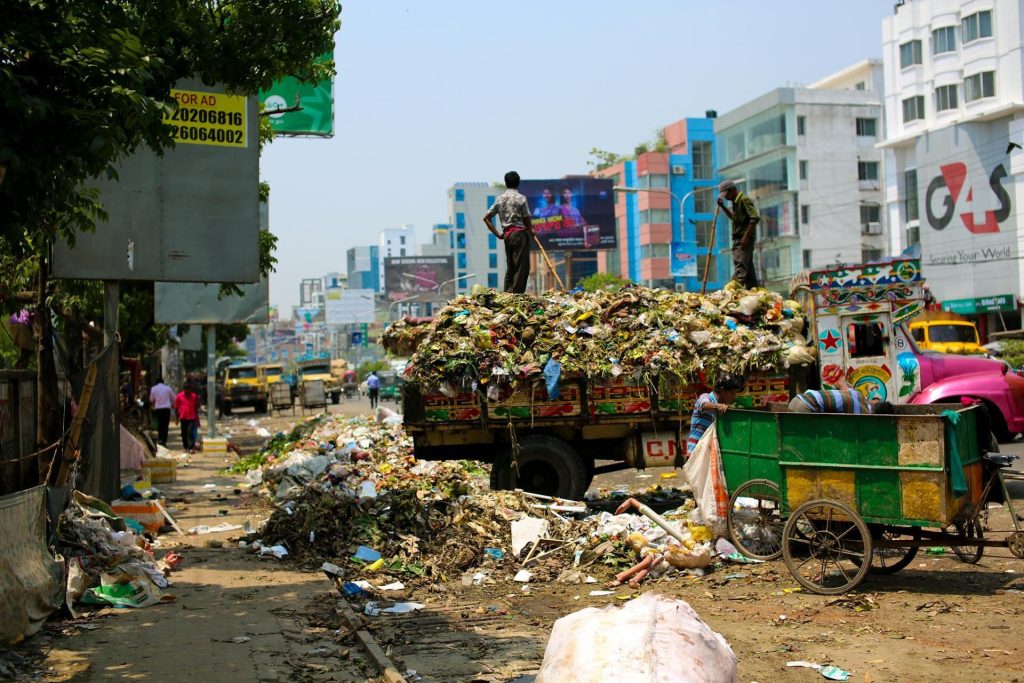A wasteless world is one where nothing is thrown away, and everything is used smartly. This includes how we handle food, energy, water, and even building things. Today, the world wastes many resources, causing problems for the planet and people.
One major area of concern is the construction and operation of buildings in different parts of our cities and towns.
These activities are responsible for about 38% of global greenhouse gas emissions. This is a big issue, but we can work together to solve it.
A wasteful world means rethinking how we build and use resources. Instead of using materials that harm the environment and are difficult to recycle, we can focus on using eco-friendly materials.
This will reduce the emissions created when making and transporting these materials, and smarter building designs can help reduce the energy they use for heating, cooling, and lighting.
Solar panels, energy-efficient windows, and better insulation can make buildings more environmentally friendly. Preventing waste is about what we use and how we use it. We need to examine everything we do and find ways to reduce waste.
READ RELATED: Will Industry 5.0 End Waste as We Know It? The Circular Economy Solution
For example, food waste is a huge problem worldwide. Every year, about 931 million tonnes of food is wasted, while millions go hungry. Improving food safety and storage can prevent food from going bad and ending in the trash.
Education is also key in creating a wasteless world. People need to learn about how their daily actions impact the environment and what they can do to help. Simple changes like recycling, conserving water, and reducing energy use can make a big difference.
Around 1 in 10 people in the world get sick every year because of contaminated food, and the World Health Organization (WHO) says that this affects about 600 million people, and sadly, 420,000 of these cases result in death. Many of these deaths are among children under five years old, making it clear that food safety is a major problem we need to address.
Food contamination is not just a health issue—it also leads to food waste. When food is unsafe to eat, it gets thrown away. This wasted food represents a large loss of valuable resources like water, energy, and money used to produce it.
Each year, the world wastes around 931 million tonnes of food, which is a huge problem for our environment and economy. The idea of a wasteful world is about preventing all types of waste, including food waste.
It is not just about throwing away less but also improving how we produce, handle, and consume food. Preventing food contamination is an important part of this process.
We need to focus on food safety to make a wasteless world possible. Here’s how:
- Better Monitoring: Governments and companies should use new technology to track food from production to our tables, ensuring its safety.
- Education: Teaching people how to handle and store food properly can prevent contamination before it starts.
- Sustainable Farming: Farmers should use clean, safe, and eco-friendly methods to grow food and prevent contamination risks.
- Clean Water: Safe water and sanitation are essential to keeping food free from harmful germs and chemicals.

